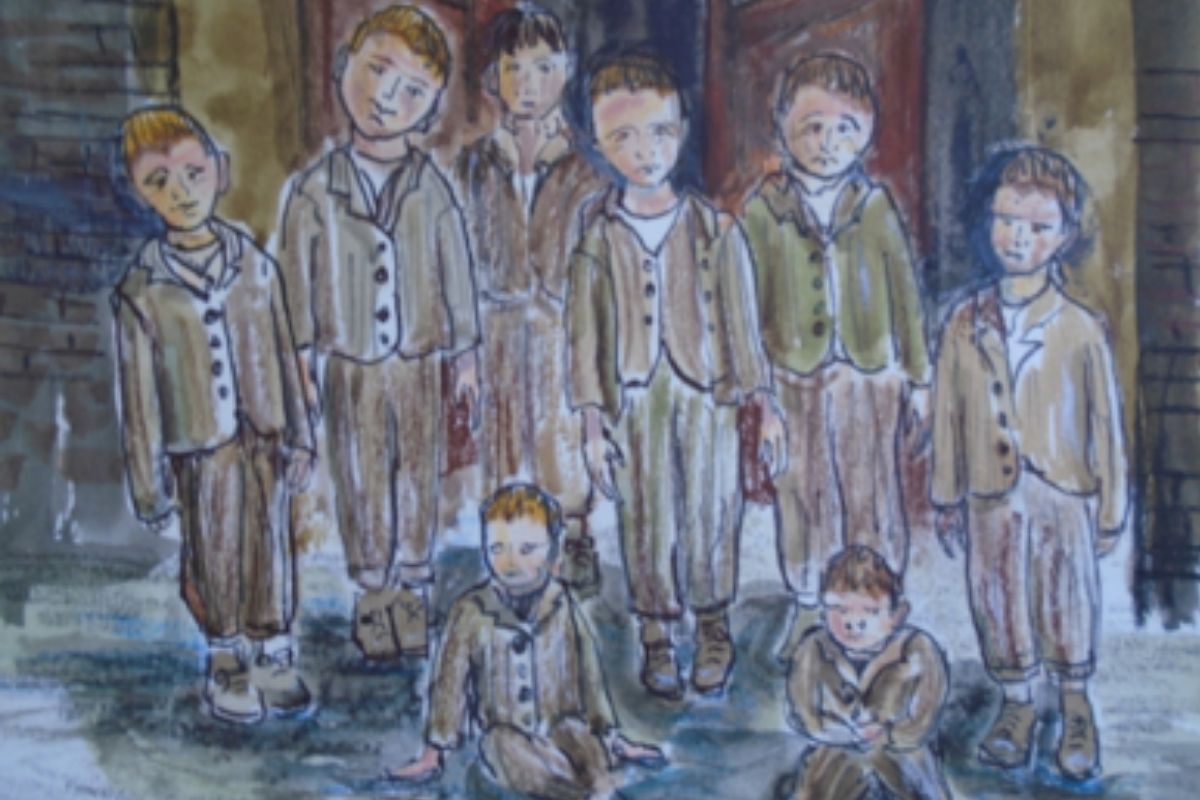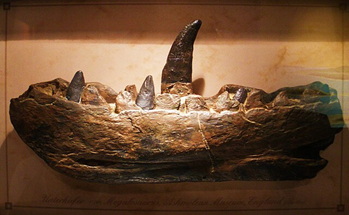What was the difference between being poor and a pauper in 19th century Oxford?
It’s an ill dog that don’t deserve a crust
Is a maxim true and just
So we must be dogs of the very worst breed
When we don’t receive what we greatly need…
Graffiti from the Bow Street workhouse, collected by Poor Law Inspector Andrew Doyle in 1865.
In Victorian Britain most people were poor. They did not have enough healthy food to eat to be well, accommodation was crowded and often had no running water or sanitation, and there were no benefits or pensions. This meant that unemployment, illnesses such as T.B., typhoid and cholera, the death of the main breadwinner or wage cuts could tip their subsistence living into destitution.
If this happened, people could appeal for help from the Poor Law Guardians. ‘Outdoor relief’ as it was called could take the form of bread, coal or small handouts of money. Oxford, like other places, saw bread riots at times of poor harvests or economic depression. Then the authorities would give more widely. Bread was the staple of most people’s diet. Even in the 1920s Olive Gibbs, who grew up in St. Thomas’ parish, states in her autobiography: “we were all poor,” mainly she says, due to low pay.
The 1834 Poor Law Amendment Act set up state-controlled workhouses. These were large places designed to provide an experience that was worse than that which people would experience outside. You were no longer merely poor but became ‘a pauper’. The stigma created by the state was underlined by 24 hour incarceration although you could leave if you wished. Entering a workhouse was seen as moral failure and was created as the ultimate indignity. In the large Cowley Road and Headington workhouses this included the ritual of entry: hair cuts, rough bathing and search for lice and the donning of the workhouse uniform. Individuality was erased by these means. The inmates had to follow a 24 hour timetable of meaningless labour with little regard for previous skills such a picking oakum for the navy or breaking stones for road building, working in the laundry or on the wards. They were given a meagre diet and had no privacy. Both workhouses had separate quarters for men, women and children and separate activity yards. In Cowley, the Master and his wife lived in a tower which overviewed the different areas.
The most disturbing brutality was the separation of husband and wife and the removal of their children. Some people never saw their children again. They could be sent to the industrial school in Cowley or ‘apprenticed out’ for a fee. This barbaric system was previously utilized as a means of control in the slave trade. David Olusoga in his book Black and British (2016) describes the practices at Bunce Island owned by the British in the 18th century. He calls the processing of slaves a “production line” where “the men were separated from the women and children tearing families apart and all were marched off to different holding yards.” Old and weak adults were murdered in front of the captives. The horror created a stupor in the living who were so traumatised they descended into ‘the lethargy’ or what, he argues today would be called PTSD.
The Cowley and Headington workhouses were also ‘industrial’ reducing people to identical units who slept and ate in rows, and were humiliated and punished in many ways. Religion played a major role in this and they were told they should be grateful. The Cowley Road workhouse had its own chapel, now the Asian Cultural centre. Thomas Wakeley, a founder of the Lancet, wrote in 1841 that workhouses were “...the anti-chambers of the grave.” A main cause of that he argued was the impact the workhouse had on people’s mental welfare in addition to being half-starved. Being a ‘pauper’ involved great unhappiness. The ‘workhouse wail’, an animal-like scream of pain and despair, was described by Henry Mayhew.

Such misery is well described by Charlie Chaplin. Aged 7, his brother Sydney and mother entered Newington Workhouse in May 1896. They were fortunate to be able to leave after two months. He writes: “Although we were aware of the shame of going into the workhouse, I didn’t realise what was happening until we actually entered the workhouse gate. Then the forlorn bewilderment struck me; for there we were made to separate. Mother was going in one direction to the women’s ward and we in another to the children’s. How well I remember poignant sadness of that first visit; the shock of seeing Mother enter the visiting room garbed in workhouse clothes. How forlorn and embarrassed she looked! In one week she had aged and grown thin… Sydney and I began to weep which made mother weep… She smiled at our cropped heads and stroked them consolingly, telling us we would all be together again soon.”
It says something about the misery of the lives of the poor in general that such measures were taken to create abject fear of the workhouse. The label ‘pauper’ meant you might be seen as ‘work-shy’, or immoral, irresponsible for having children you could not support, pregnant with a ‘bastard’ (a contemporary term for a child born out of wedlock), feckless and failing to save for your old age. As we know today, labelling means you can be condemned and without a voice, shunned and punished. Thomas Malthus was a major influence at these times and depicted ordinary people as: “…man as he really is, inert, sluggish, averse from labour unless compelled by necessity.” He was the mainspring behind the idea of separating families on the basis that the moral failings of the poor just brought more unwanted children into the world.
The purpose of the image of ‘pauper’ was to punish and shame people who were seen as a drain on resources and morally inferior in order to encourage those merely poor to continue to accept their low pay and often intolerable conditions, not to protest and join trade unions and not to be a drain on taxes and profits. And it worked. The fear of the workhouse and a pauper’s death was universal. Some inmates were able to resist the full dehumanisation of this regime.
In a fascinating account by an inmate of a London workhouse (published by Peter Higginbotham) John Rutherford describes how in his dormitory on Saturdays after lockdown, people would tell stories, sing, recount experiences they had. He noticed some love affairs carried on secretly and the banter and laughter of women. The old people were the most unhappy he found.
Some of this may sound familiar. The welfare system today still distinguishes between the deserving and undeserving poor. The more benign post-war welfare state which acknowledged that people were vulnerable to hardships and therefore deserved support has been eroded. The indignities and hurdles of claiming Jobseekers allowance and Universal Benefit are intended to deter claimants and the bedroom tax in England and cuts in child benefit for a third child echoes the ideas of people in distress bringing their hardships on themselves. Too many children. Too work-shy.
Written by Katherine Hughes, volunteer and leader of the Adult Learning programmes.
Want to write your own Oxford-inspired post? Sign up as a volunteer blogger.



